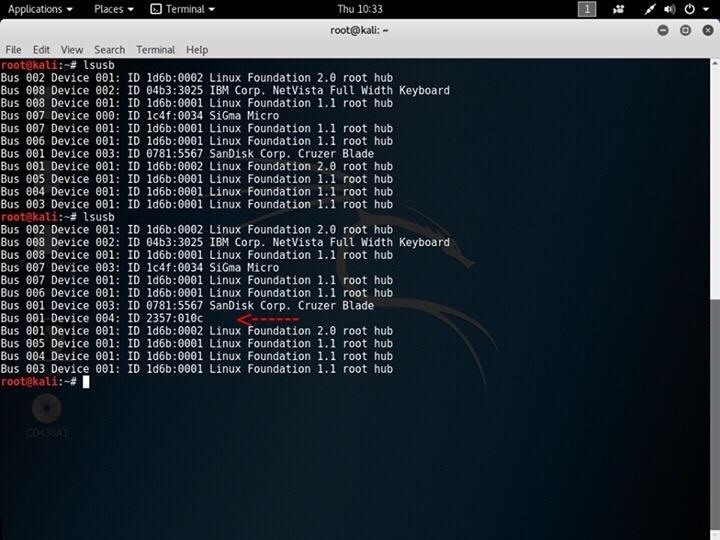

Concept of Data Encapsulation in Python Explained with Best Examples.

How to Check Elasticsearch Cluster Health Status in Linux Using 3 Easy Steps.10 Practical and Useful ntpq Command Examples in Linux(RHEL/CentOS 7/8).Using Iterator in Python Explained with 3 Best Examples.


32 Important Python Data Structures Interview Questions and Answers.Reference: Hardware Commands in Linux Categories Linux Post navigation Package util-linux-2.23.86_64 already installed and latest version In most of the cases lsblk tool will be shipped with the CentOS Pacakges but in case not available, you can use below command. Here, you need to use yum install util-linux-ng command to install lsblk tool. You can do yum install lsscsi command to install lsscsi tool. Verifying : pciutils-3.5.86_64 1/1Ĭomplete! To install lsscsi tool in linux Here, you need to use yum install pciutils command to install lspci tool. > Package usbutils.x86_64 0:007-5.el7 will be installed Loading mirror speeds from cached hostfile You need to use yum install usbutils command to install lsusb tool. Lsblk - To List all Block devices in the System Install lspci,lsscsi,lsusb and lsblk tools Lsusb - To List all USB Devices in the System Lsscsi - To List all SCSI Devices in the System Lspci - To List all PCI devices in the System We need to go ahead and download those packages using yum tool. For e.g: to check pci devices lspci tool can be used, for scsi devices lsscsi can be used, for usb devices lsusb can be used and for block devices lsblk can be used. We have some open source tool available which can be used to check those configurations. In few of the instances we wanted to know the hardware configuration of our Servers. In this tutorial, I will take you through the steps to install lspci, lsscsi, lsusb, and lsblk tools in RedHat/CentOS 7. Install lspci,lsscsi,lsusb and lsblk tools.


 0 kommentar(er)
0 kommentar(er)
